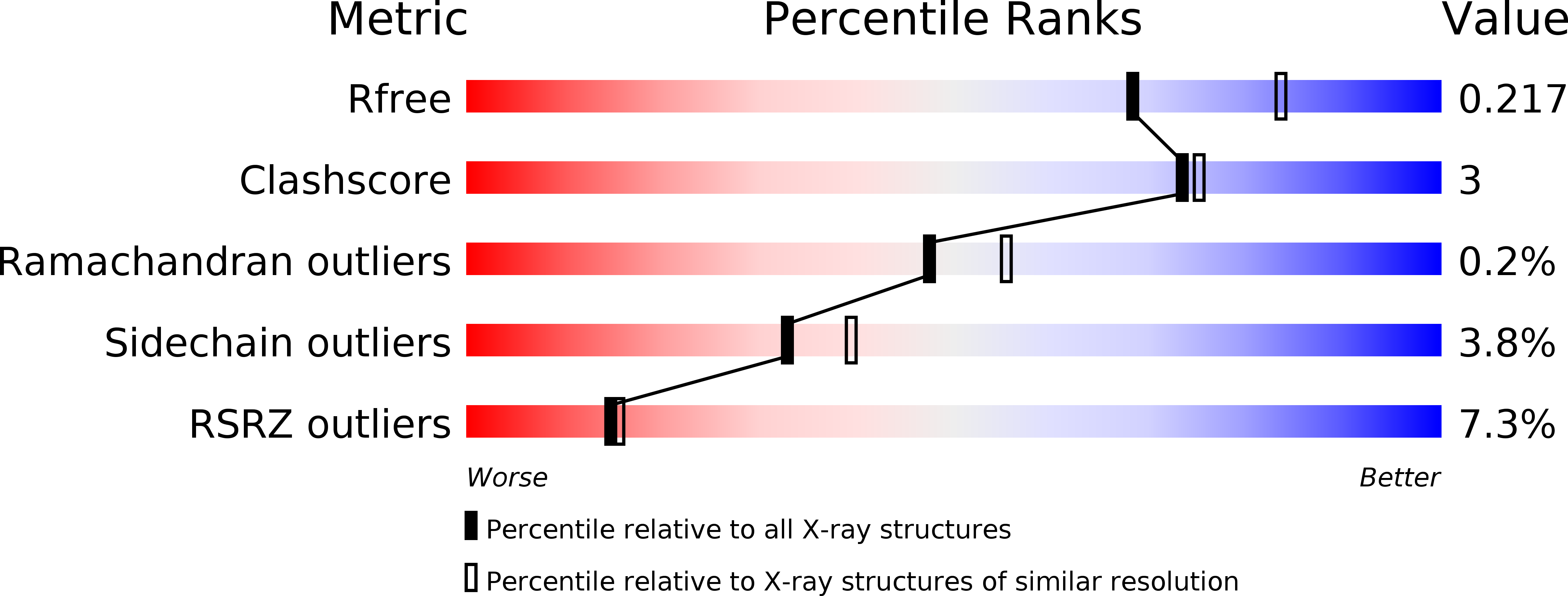
Deposition Date
2013-07-12
Release Date
2014-09-10
Last Version Date
2023-12-06
Entry Detail
PDB ID:
4LOC
Keywords:
Title:
Structure of the carboxyl transferase domain from Rhizobium etli pyruvate carboxylase with oxamate and biotin
Biological Source:
Source Organism:
Rhizobium etli (Taxon ID: 347834)
Host Organism:
Method Details:
Experimental Method:
Resolution:
2.26 Å
R-Value Free:
0.21
R-Value Work:
0.17
R-Value Observed:
0.17
Space Group:
P 21 21 21


